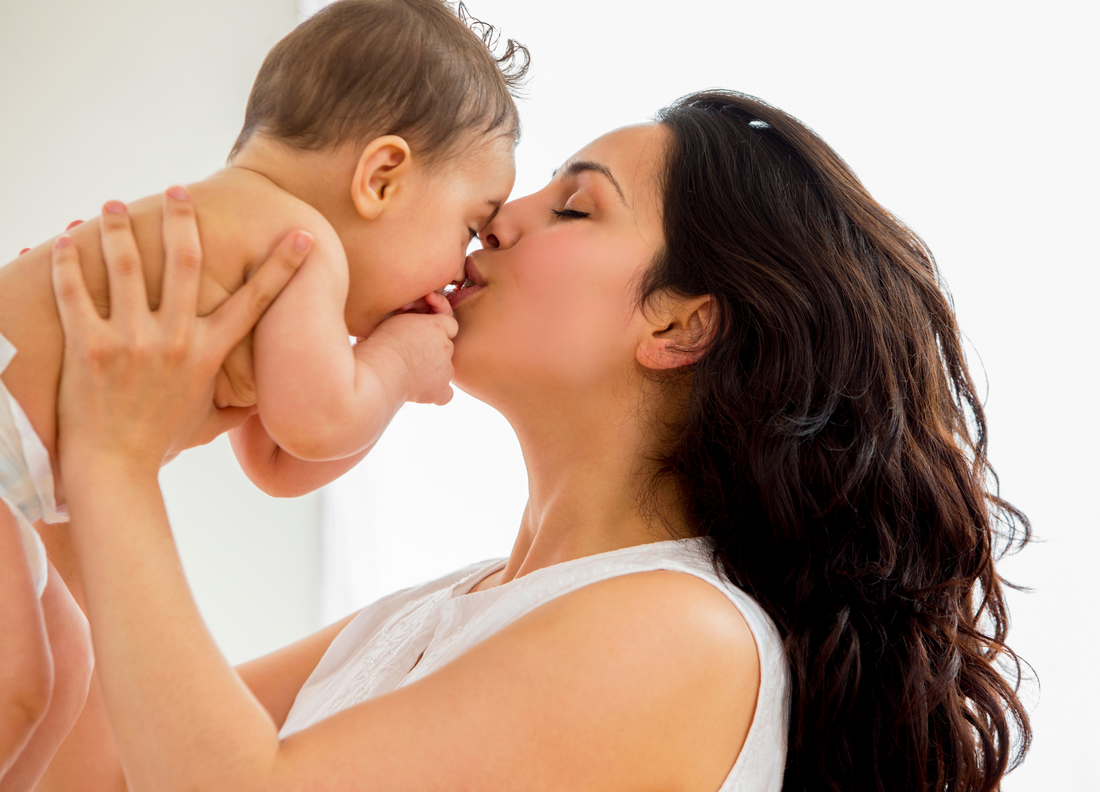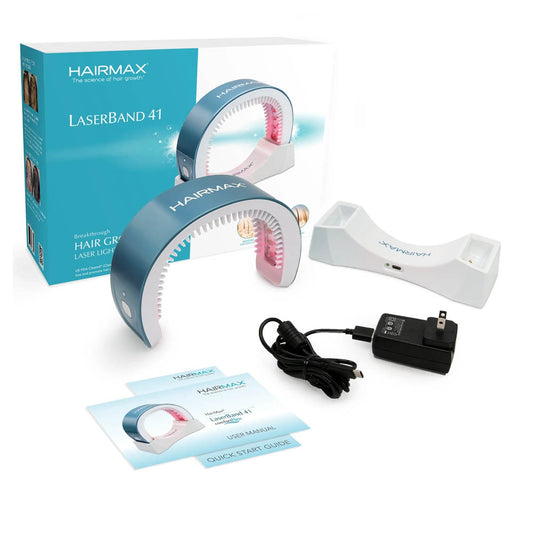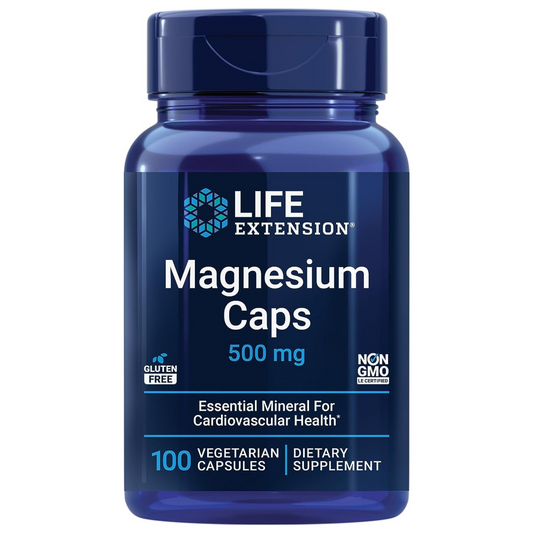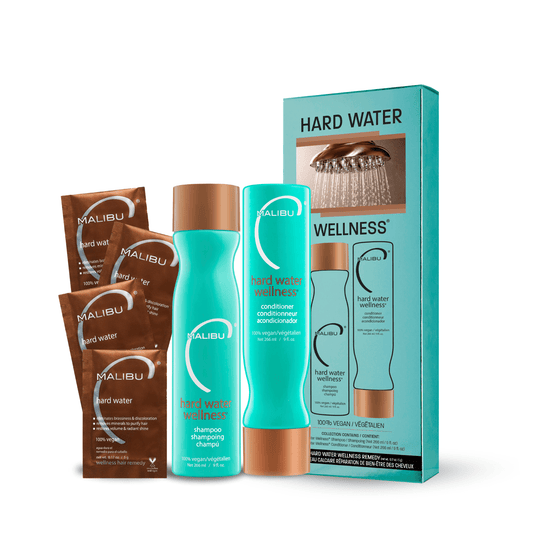
How to deal with Postpartum Hair Loss
Share
Pregnancy is a time when numerous physiologic & physical changes occur. Hair growth is one of them. During pregnancy, high levels of estrogen create locks of hair that are thick and lustrous.
Unfortunately, once you deliver your beautiful baby, your body will experience a dramatic decrease in circulating estrogen. Hormone levels are shifting during and after pregnancy, which can have an effect on your skin and hair. This decrease causes the hair follicles that were previously in a prolonged growing phase to enter the next phase of the hair cycle known as the telogen phase.
What Causes Postpartum Hair Loss?

Postpartum hair loss is not considered true hair loss because you're really just shedding extra hair that you gained (and kept) during pregnancy. According to the American Pregnancy Association, hair loss after pregnancy or teflogen effluvium, which is the medical term, affects 40 to 50 percent of women. And while doctors don’t definitively know what causes postpartum hair loss, it’s generally believed to be a result of stress from giving birth.
During telogen effluvium, most or all of the excess hair retained during pregnancy falls out. The hair will regrow, however, as hormone levels and the hair growth cycle return to normal.
4 Tips to Reduce Post Pregnancy Hair Loss
The best way to reduce postpartum hair loss is to keep hair as healthy as possible to prevent unnecessary breakage or additional thinning. Here are some of our favorite tips for maintaining hair health:
- Avoid using heat tools on hair. High heat damages the protective cuticle layer of the hair strand, resulting in dry, brittle hair. Embrace your natural texture and allow hair to air-dry whenever possible. Bonus: skipping the heat-styling also will save you time, something all new moms need!
- Use a gentle shampoo like Viviscal Gorgeous Growth Densifying Shampoo to cleanse the hair and scalp without stripping away vital natural oils. When washing hair, gently massage the scalp to stimulate blood flow, which will help bring more nutrients and oxygen to hair follicles.
- Always follow shampoo with conditioner. A high-quality conditioner like Viviscal Gorgeous Growth Densifying Conditioner adds strengthening nutrients and moisture to parched hair, keeping it looking healthy and strong.
- Sleep on a satin or silk pillowcase to prevent tangles, frizz and dryness. At night, cotton pillowcases absorb hair’s natural moisture, making hair more dry and prone to breakage. Silk and satin pillowcases allow hair to retain its natural hydration, and since they also have more slip, they minimize friction and reduce overnight tangles.
- Don’t wear the same hairstyle every day. While it can be tempting for busy new moms to simply toss hair back in ponytail wearing the same hairstyle frequently can cause breakage and thinning. Ponytail holders place stress on the hair shaft. After a while, this repeated stress can break the hairs and create the appearance of thinning. Use a wider variety of hairstyles like loose braids, buns and ponytails to prevent this sort of damage and minimize the stress to any one area of your hair.
- Consider taking a supplement to accelerate the hair growth process. Viviscal supplements for Women have been scientifically proven to nourish thinning hair and promote existing hair growth



